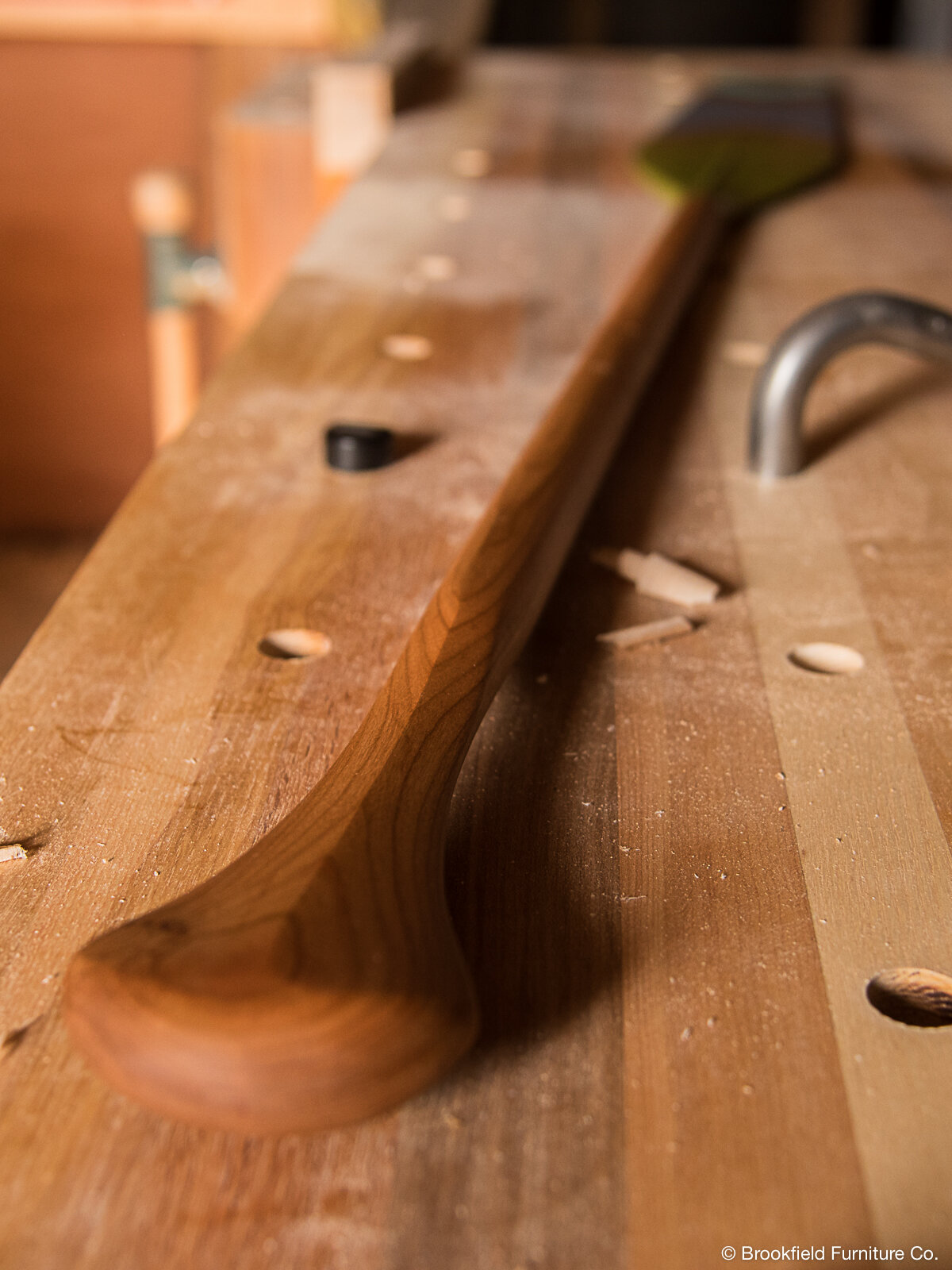 Image 1 of 9
Image 1 of 9

 Image 2 of 9
Image 2 of 9

 Image 3 of 9
Image 3 of 9

 Image 4 of 9
Image 4 of 9

 Image 5 of 9
Image 5 of 9

 Image 6 of 9
Image 6 of 9

 Image 7 of 9
Image 7 of 9

 Image 8 of 9
Image 8 of 9

 Image 9 of 9
Image 9 of 9










Keji Canoe Paddle
This little gem of a paddle is shaped based on my paddling experience in Kejimkujik National Park, where Karlene and I operate our adventure tourism company, Whynot Adventure.
The shaft and blade are both refined to leverage the amazing flex and strength of wood (especially our local ash) and in turn offers a paddle light in weight so you can keep your attention on something more enjoyable than how tired your arms are! The pronounced spine extending from the shaft down the mid-line of the blade adds strength without hindering the extra push offered in the flex of the wood at the end of your stroke.
Hallmark to paddling in Kejimkujik National Park are dark tannic waters hiding the rugged granite boulders just below the surface, which love to take ‘bites’ out of your canoe and paddles. This is why I’ve left just a little extra wood at the toe of the paddle— durability.
Each of the paddles are finished with boiled linseed oil and include a small copper inset as a makers mark. The painted stripes are available as something more elaborate at an additional cost, should you choose. If you haven’t paddled with an oiled wooden paddle then you’re in for a treat— I’ve never figured out why paddles are still produced with a film finish.
This little gem of a paddle is shaped based on my paddling experience in Kejimkujik National Park, where Karlene and I operate our adventure tourism company, Whynot Adventure.
The shaft and blade are both refined to leverage the amazing flex and strength of wood (especially our local ash) and in turn offers a paddle light in weight so you can keep your attention on something more enjoyable than how tired your arms are! The pronounced spine extending from the shaft down the mid-line of the blade adds strength without hindering the extra push offered in the flex of the wood at the end of your stroke.
Hallmark to paddling in Kejimkujik National Park are dark tannic waters hiding the rugged granite boulders just below the surface, which love to take ‘bites’ out of your canoe and paddles. This is why I’ve left just a little extra wood at the toe of the paddle— durability.
Each of the paddles are finished with boiled linseed oil and include a small copper inset as a makers mark. The painted stripes are available as something more elaborate at an additional cost, should you choose. If you haven’t paddled with an oiled wooden paddle then you’re in for a treat— I’ve never figured out why paddles are still produced with a film finish.
